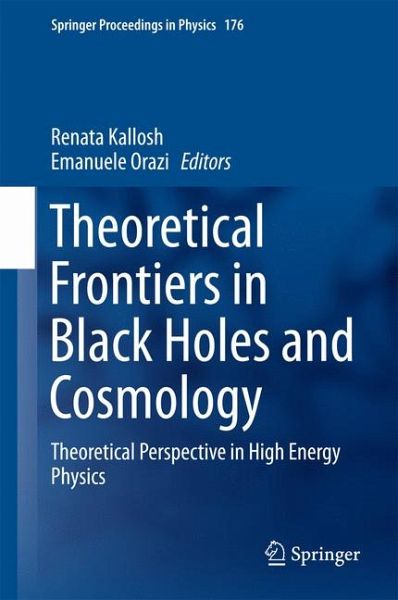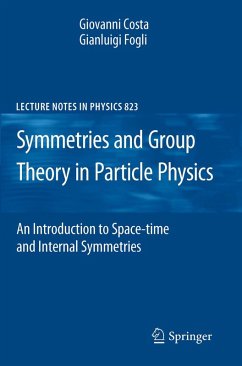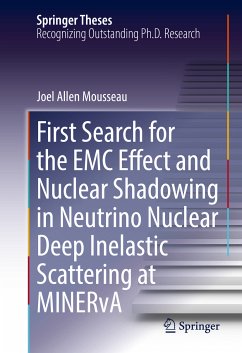
Theoretical Frontiers in Black Holes and Cosmology (eBook, PDF)
Theoretical Perspective in High Energy Physics
Redaktion: Kallosh, Renata; Orazi, Emanuele
Versandkostenfrei!
Sofort per Download lieferbar
72,95 €
inkl. MwSt.
Weitere Ausgaben:

PAYBACK Punkte
36 °P sammeln!
These lecture notes are dedicated to the most recent theoretical applications of Black Hole solutions in high-energy physics. The main motivation of this volume is to present the latest black hole backgrounds that are relevant for gauge/gravity correspondence. Leading scientists in the field explain effective techniques for finding singular and cosmological solutions embedded in gauged supergravity, shedding light on underlying properties and symmetries. Starting from a basic level, the mathematical structures underlying black holes and cosmologies are revealed, helping the reader grasp the co...
These lecture notes are dedicated to the most recent theoretical applications of Black Hole solutions in high-energy physics. The main motivation of this volume is to present the latest black hole backgrounds that are relevant for gauge/gravity correspondence. Leading scientists in the field explain effective techniques for finding singular and cosmological solutions embedded in gauged supergravity, shedding light on underlying properties and symmetries. Starting from a basic level, the mathematical structures underlying black holes and cosmologies are revealed, helping the reader grasp the connection between theoretical approaches and physical observations with insights into possible future developments from both a theoretical and experimental point of view.
The topics covered in this volume are based on lectures delivered during the "Theoretical Frontiers in Black Holes and Cosmology" school, held in Natal in June 2015.
The topics covered in this volume are based on lectures delivered during the "Theoretical Frontiers in Black Holes and Cosmology" school, held in Natal in June 2015.
Dieser Download kann aus rechtlichen Gründen nur mit Rechnungsadresse in A, B, BG, CY, CZ, D, DK, EW, E, FIN, F, GR, HR, H, IRL, I, LT, L, LR, M, NL, PL, P, R, S, SLO, SK ausgeliefert werden.












